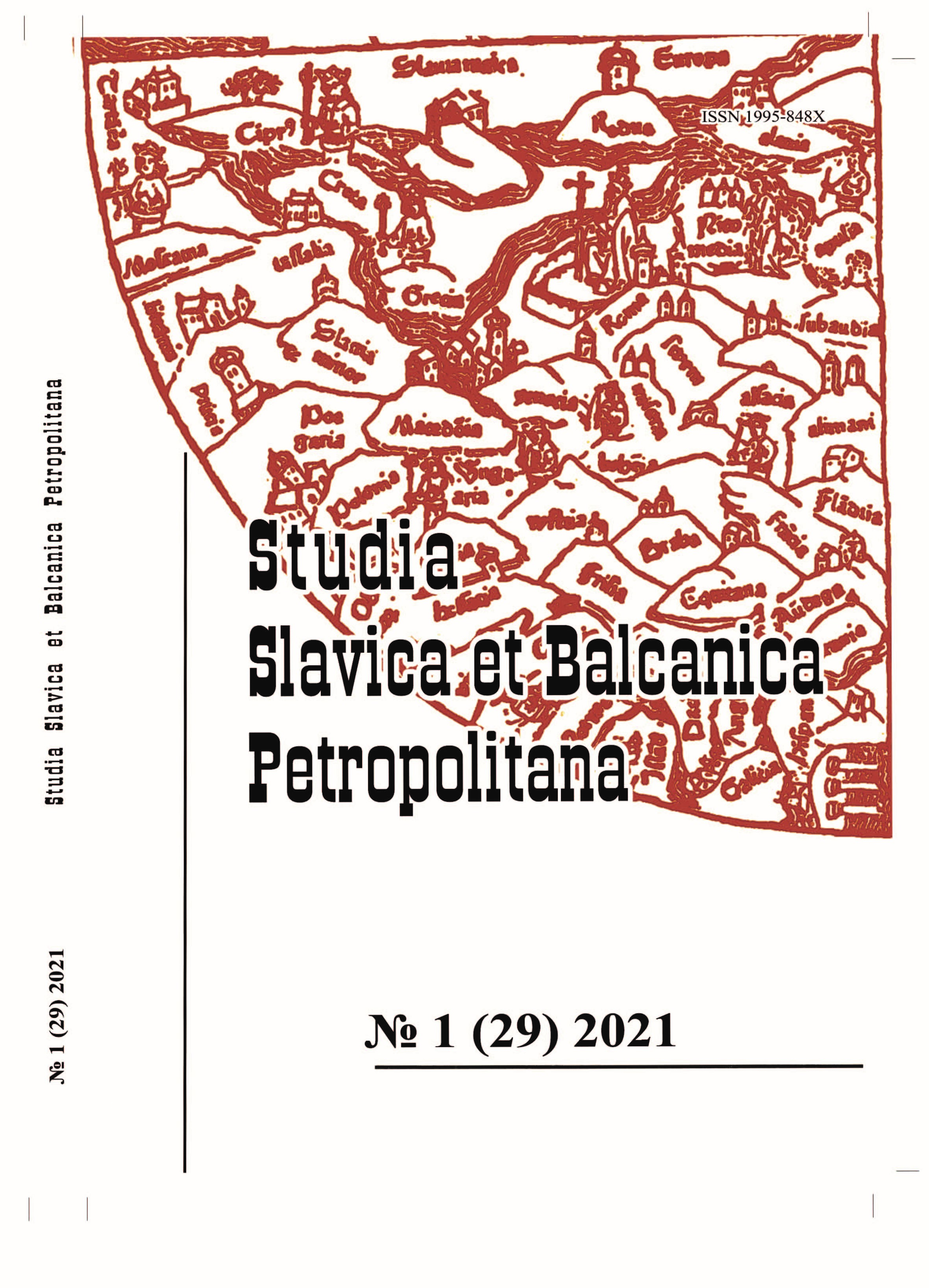The centre of Slavs and Vikings in Wolin, Poland: History, scenography, story and effect
The centre of Slavs and Vikings in Wolin, Poland: History, scenography, story and effect
Author(s): Karolina Kokora, Michal Bogacki, Wojciech FilipowiakSubject(s): Cultural history, Museology & Heritage Studies, Ethnohistory, Local History / Microhistory, Culture and social structure
Published by: Издательство Исторического факультета СПбГУ
Keywords: Wolin; Poland; open-air museum; historical reenactment; early Middle Ages; cultural studies;
Summary/Abstract: In this paper, the authors analyze the Center of Slavs and Vikings (hereinafter Centrum), a reconstruction of early medieval Wolin functioning as an open air museum. The reconstruction was made on an islet on the Dziwna Strait, opposite the center of Wolin. In the early Middle Ages, the city was one of the largest craft and trade centers on the Baltic Sea. It appears in numerous written sources and has been the subject of archaeological research for nearly 200 years. Its history is connected with the legend of Jómsborg and Vineta. The idea of building an archaeological and ethnographic open-air museum was established in 1958 in archaeological circles. For various reasons, this intention was not realized during the period of the Polish People’s Republic. In 1992, the Viking Festival (today the Festival of Slavs and Vikings) was initially organized in Wolin, which is now one of the largest reenactors’ events in Europe. As the festival developed, elements of its scenery were created. In 2002, the local Wolin–Jomsborg–Vineta Center of Slavs and Vikings Association was registered with the aim of building the Center. It was opened in 2008 and has been gradually expanding with new elements. The center is a historical park that presents a simplified vision of the early Middle Ages, with little reference to the history of the city and the region. The success of the Slavs and Vikings Festival and the Center became its greatest disadvantage ― it ceased to be a reconstruction of early medieval Wolin. The content presented there is related to the subculture of performers and as such is not original ― similar forms can be found in other facilities of this type in Poland and abroad. The presented image of the Slavs is simplified in a way that is assimilable to the contemporary recipient ― the emphasis is on nature-related spirituality, courage, honor, freedom, ecology. On the other hand, content that would be unacceptable in contemporary culture (e. g. the role of women) is omitted. The lack of cooperation with professionals makes the activities of the Center chaotic, confusing the notion of tradition with reconstruction, history with story, archeology with handicraft, and finally science with guesswork. Creating new content on the basis of selective historical knowledge and presenting it as «revived traditions» requires special attention in Western Pomerania, where due to the population exchange after 1945 there is a real problem of regional identity. The center, run by a private association, is dynamic and is a success as a product of promotion and tourism. Nevertheless, its success resulted in the «privatization of heritage», which most of the region’s inhabitants do not identify with. To counteract this, the authors postulate increasing cooperation between private entities (Association, Center) and public institutions (the Museum, Institute of Archeology and Ethnology of the Polish Academy of Sciences).
Journal: Петербургские славянские и балканские исследования
- Issue Year: 2021
- Issue No: 1(29)
- Page Range: 89-113
- Page Count: 25
- Language: English

